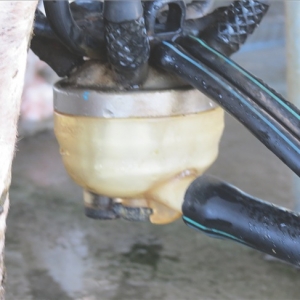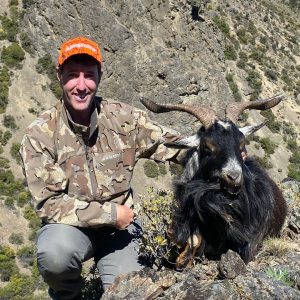While Open Country Dairy has long been relaying the figures to its suppliers, the data is a relatively new addition to Fonterra’s Fencepost feedback on deliveries. It’s sparked a stream of commentary from nutritionists, veterinarians, feed manufacturers and others, so much so Dairy NZ says “conflicting information” is flooding the industry as to what milk urea (MU) values mean.
Dairy NZ senior scientist Jane Kay says MU does indicate the amount of protein in a cow’s diet: the more protein in the diet the higher the MU; but it is only an indicator and it is not a sensitive measure of dietary protein. “This is particularly true when dietary protein exceeds 20%, as often occurs in pasture.”
The urea, a non-toxic compound, is produced by cows’ livers breaking down ammonia in the bloodstream. The ammonia, a potential toxin, gets into the bloodstream from rumen microorganisms digesting protein. Once converted to urea it’s excreted in milk or urine. “So having urea in cow’s milk is perfectly natural,” notes Kay.
The questions come about how much should be in the milk, and what may be learnt from how much is there.
Kay says MU levels are naturally much higher off pasture than where cows are fed a total mixed ration. Off spring pasture MU can exceed 50 milligrams per decilitre (mg/dl).
“Contrary to advice being given to New Zealand farmers, high MU concentrations are not detrimental to milk production, cow health or fertility,” she says.
The high MU is merely because cows are eating more protein than they require. Feeding a lower protein diet would reduce it, but that would require supplementing pasture with a low protein feed which, Kay maintains, is not profitable if there is already enough pasture for the cows.
DairyNZ principal scientist John Roche echoes that, warning farmers to be mindful of advice on feeding supplements containing starch or sugar to ‘capture’ more dietary protein, or that a low MU means that more protein is being ‘captured’ by the cow.
“Such advice shows a lack of consideration for post-ruminal digestion and post-digestive physiology. The conclusion from New Zealand data and data from all over the world is that the reduction in MU through feeding supplements is almost exclusively through the reduction of dietary protein and not some magical ‘capture’ of protein by the cow.”
While acknowledging the link between high urinary nitrogen and high MU, Roche says high MU shouldn’t prompt action as lowering MU values will not necessarily reduce environmental N loading. Other management factors, such as stocking rate, pasture utilisation, effluent management and nitrogen fertiliser, have a much larger impact on environmental N loading, he argues.
“It is not as simple as reducing urinary N concentration from the cows, as to do this profitably requires reducing the amount of N going down the cows’ throats, which involves an increase in stocking rate to maintain pasture utilisation and a greater excretion of N/ha,” he told Dairy News.
“This doesn’t factor the N loss in growing the feed being fed or the greenhouse gases released from the associated mechanisation,” he added.
Low MU, at less than 20-25 mg/dL, may indicate dietary protein is limiting production hence action may be warranted, Roche says, but given the limitations of MU as an indicator, the complete diet needs to be assessed for protein and feeds analysed before taking action.
“Only then should any decision be made on whether to purchase high protein feeds.”
And before commissioning any analysis, Roche says ask
















